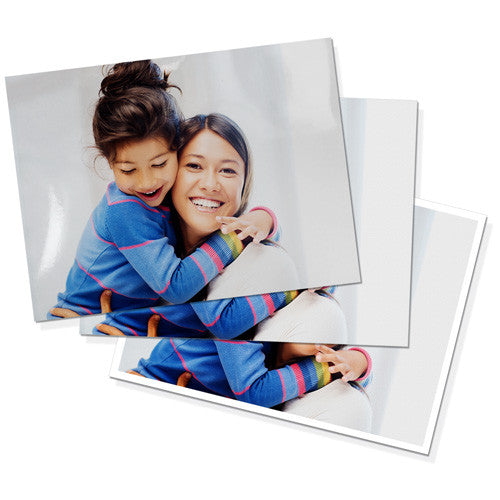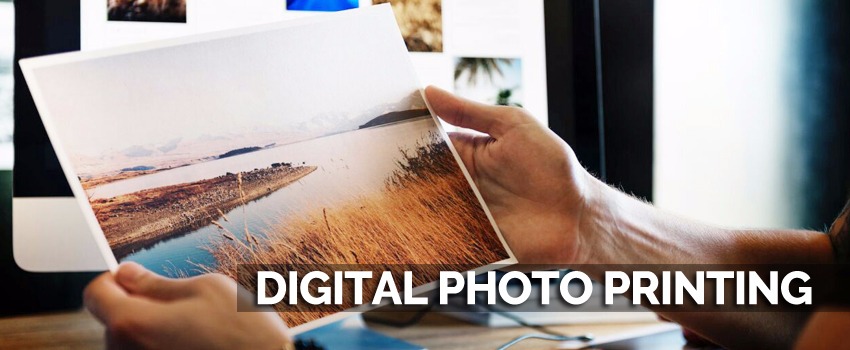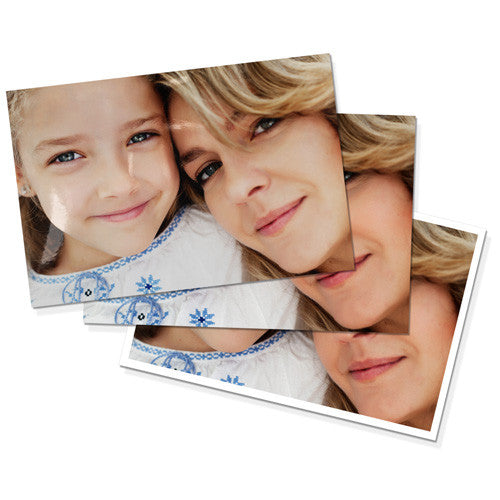
Just like with photo paper, foam board photo prints typically come with either a matte or glossy finish. Foam board is an excellent solution for teaser prints, meant to entice visitors into an exhibition where they can see the real thing.įinishing Options & Printing Considerations But foam board prints can be deceptively attractive for how inexpensive they are, and this utility makes them incredibly useful for short-term displays and promotional purposes. Without framing, foam board mounted prints are light enough that they could easily adhere to a wall with just some masking tape or tacky on the back.įoam board prints are not typically meant to be sold or displayed as fine art, and their low price reflects that. This makes foam board prints exceptionally easy to transport and hang, even in the most low-effort scenarios. As a sheet of thick paper mounted to a polystyrene core, foam board is lightweight yet rigid enough to lie flat on its own.

Here are four of the most common materials for digital printing, their unique advantages, and best practices.įoam board is often used as backing for framing photographs, but it also makes for a low-cost and versatile printing material by itself.
#DIGITAL PHOTO PRINT PROFESSIONAL#
Whether you’re a seasoned professional or are just starting out as a photographer, a familiarity with common photo printing materials can help your work look its best when it comes time for display. With so many different materials, dimensions and finishing options to choose from, digital printing makes it possible to achieve the exact specifications that best suit your specific use case. But the overarching advantage of digital photo printing is flexibility. There are many reasons why a photographer may choose to display or distribute their work on digitally printed mediums: ease of replication, cost, time constraints, display environment, or personal preference, to name a few.

But as digital printing rapidly advances, beautiful prints of all styles and sizes become increasingly accessible to photographers with every year.

Without question, traditional photo printing methods such as darkroom development or lithography carry a distinct, even intangible quality that is inextricable from the craft.


 0 kommentar(er)
0 kommentar(er)
